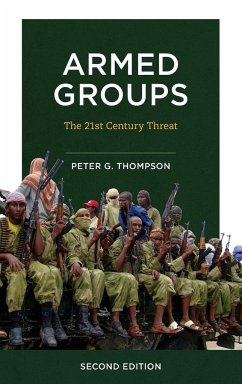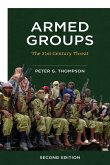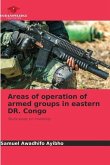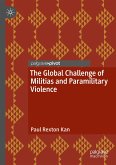Armed Groups is the most comprehensive text to provide a framework for categorizing the key actors that pose a threat to today's security arena-terrorists, mercenaries, insurgents, militias, and transnational criminal organizations-and analyzing their characteristics to provide a thorough overview. Drawing on case studies, histories, and a rich, yet underexplored theoretical literature, this study presents students with the tools to methodically examine these often overlooked, but key drivers of violence in the international system. Additionally, globalization, the privatization of force, and the return of great power competition have altered the security landscape and enhanced armed group threats. These forces have also led to an increasing overlap between conflict and crime, and a growth in the state use of armed group proxies. Coming to terms with armed groups-their objectives, strategies, internal composition, and the environment that fosters them-remains a critical task for practitioners, scholars, and policy makers alike in understanding the changing nature of war. This second edition, updated throughout, includes new material on the importance of private military companies, the shift to sub-Saharan Africa as an important center of conflict, the return of great power politics, the increased use of social media and advanced technology, and the increasingly criminalized nature of armed groups.
Hinweis: Dieser Artikel kann nur an eine deutsche Lieferadresse ausgeliefert werden.
Hinweis: Dieser Artikel kann nur an eine deutsche Lieferadresse ausgeliefert werden.









